Follow, research and publish the best content
Get Started for FREE
Sign up with Facebook Sign up with X
I don't have a Facebook or a X account
Already have an account: Login
Suggestions are welcome (or twitter @hpchavaz) - Scooping does not imply support or otherwise. Some info on my blog https://tinyurl.com/yblxkdal
Curated by
hpc

 Your new post is loading... Your new post is loading...
 Your new post is loading... Your new post is loading...
No comment yet.
Sign up to comment
|
|




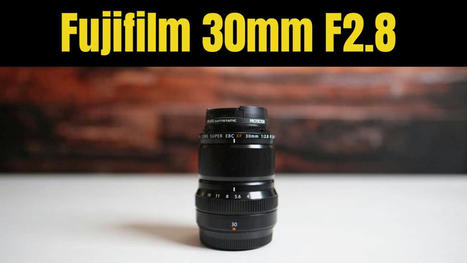
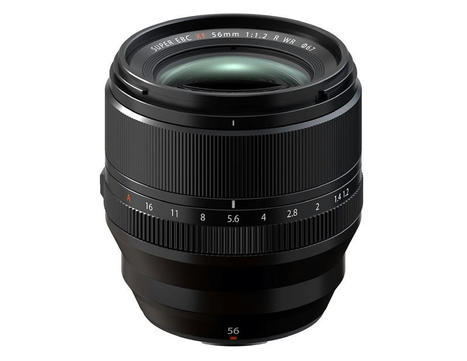
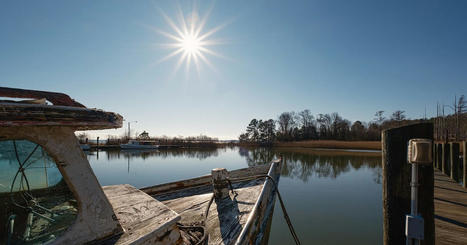
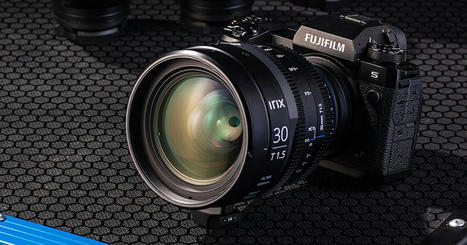
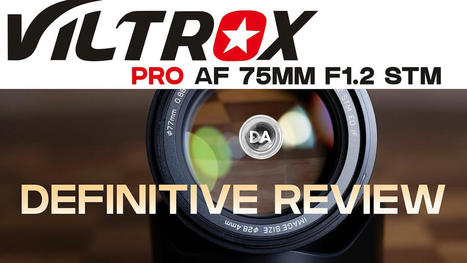
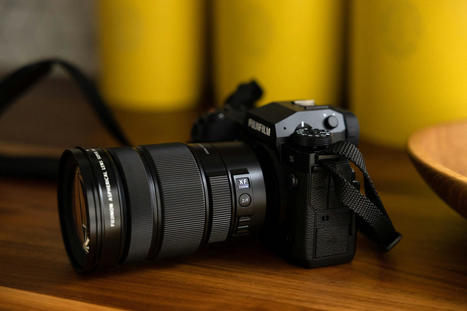
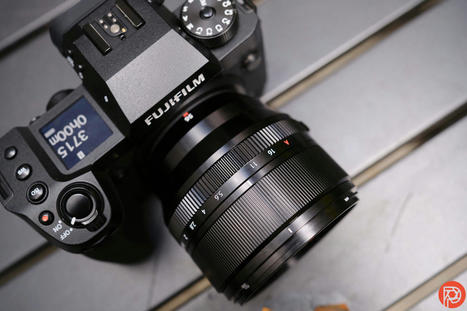





Gary presents his experience with the Fujifilm XF 30mm f/2.8 Macro lens. He shares his thoughts and opinions on the lens, as well as showing examples of photos he took using it. Gary discusses the lens's compact and lightweight design, its macro capabilities, and its suitability for portraits and other types of photography. He also recommends it as a versatile lens for everyday use due to its focal distance of 45mm.